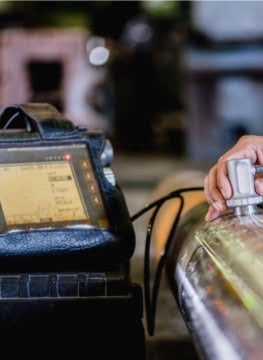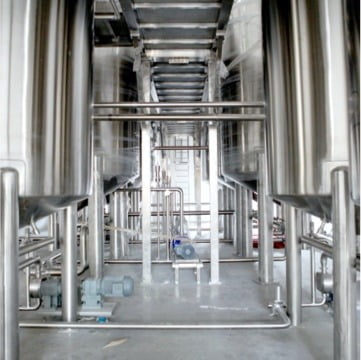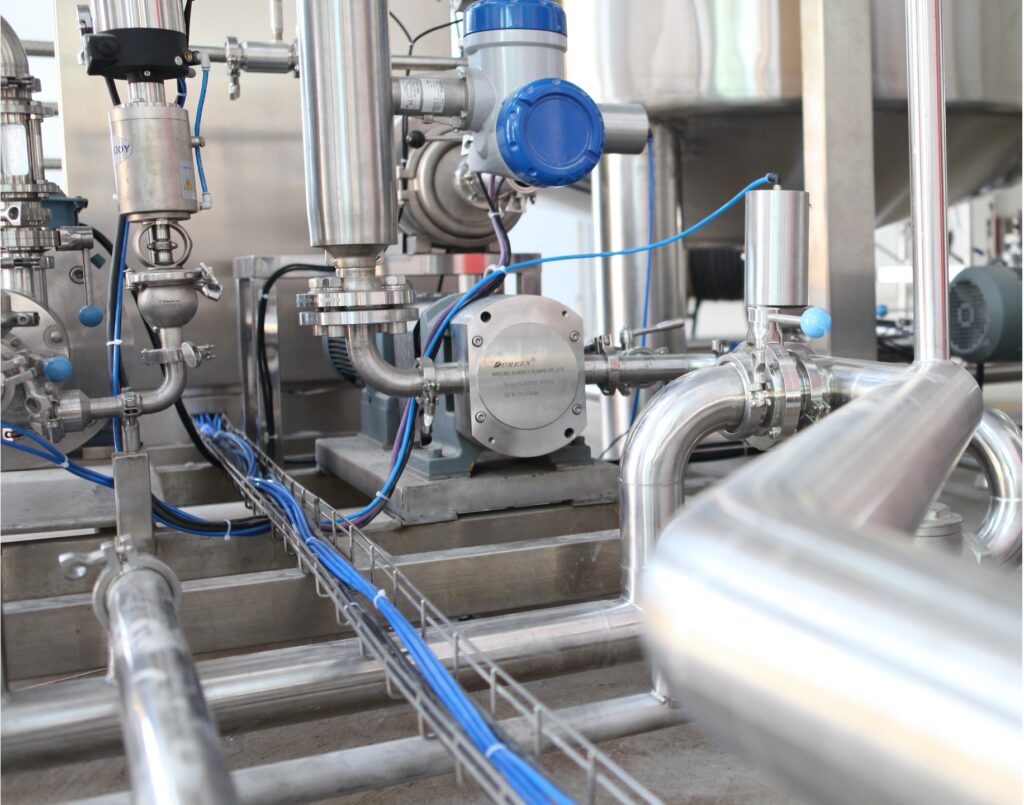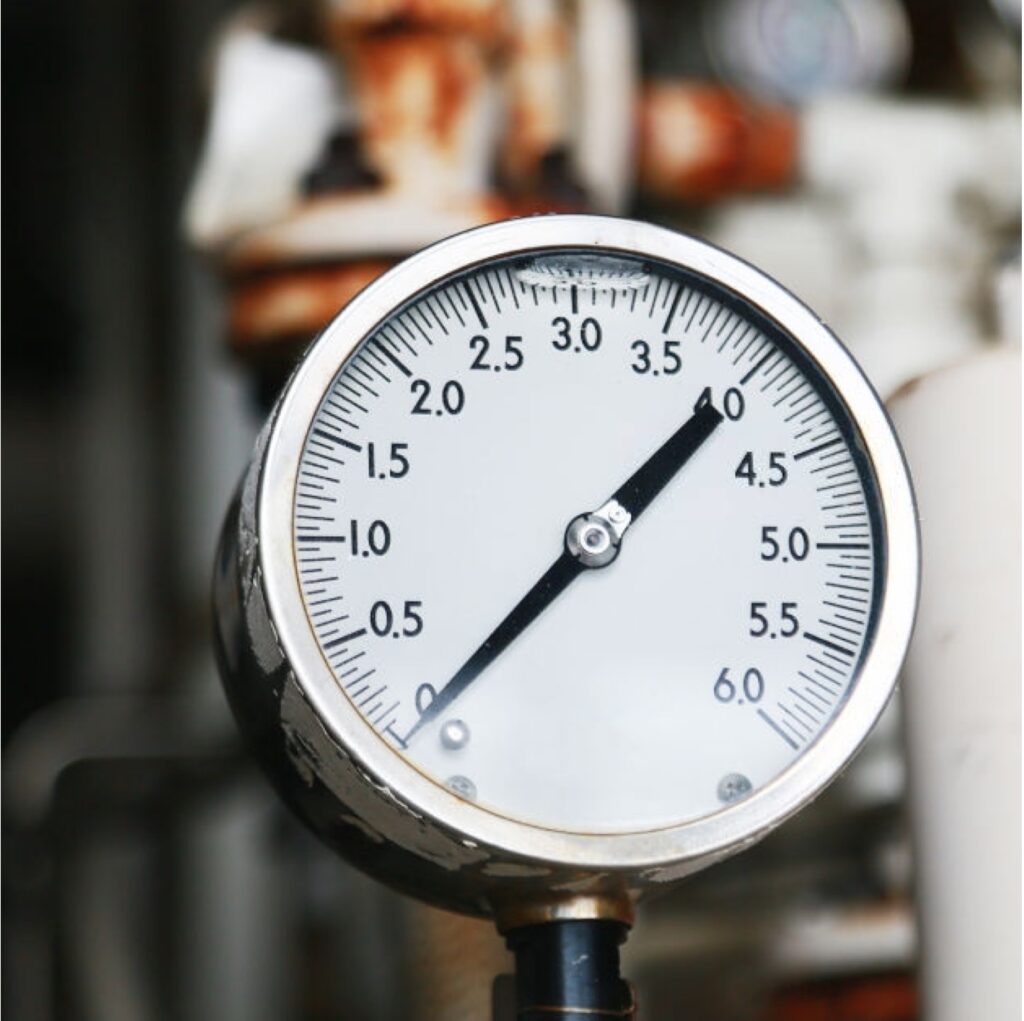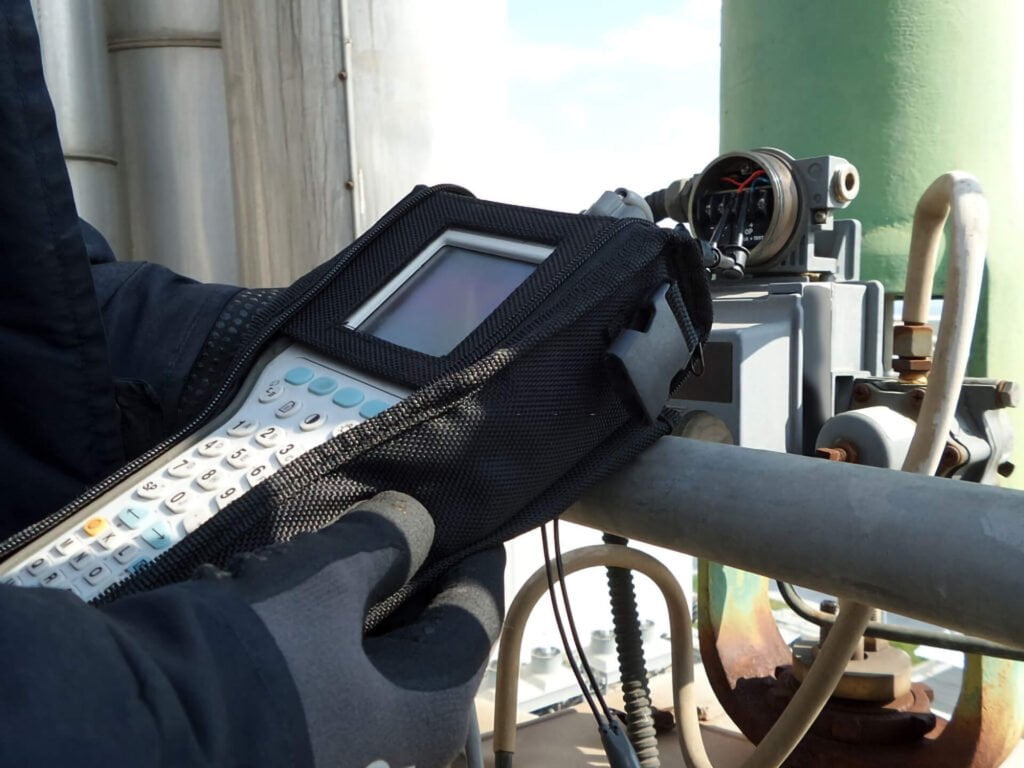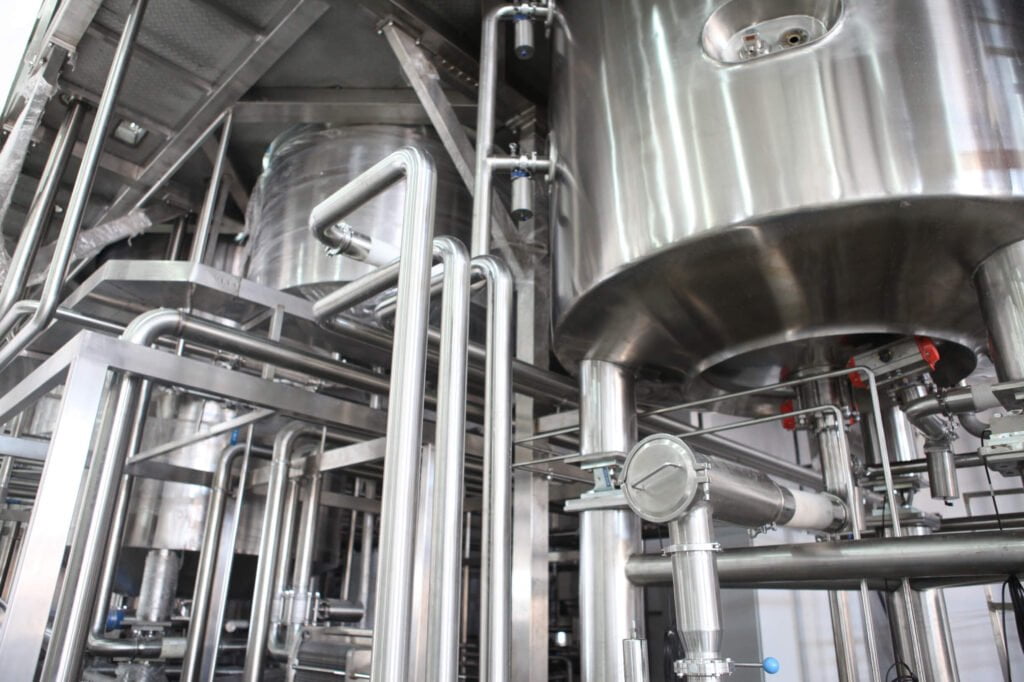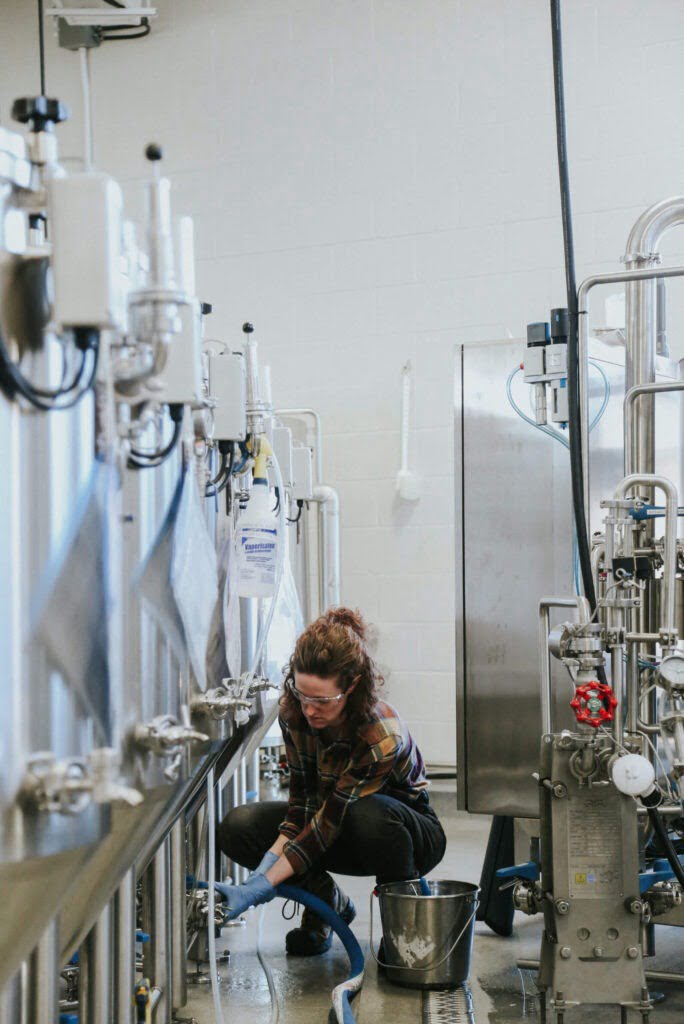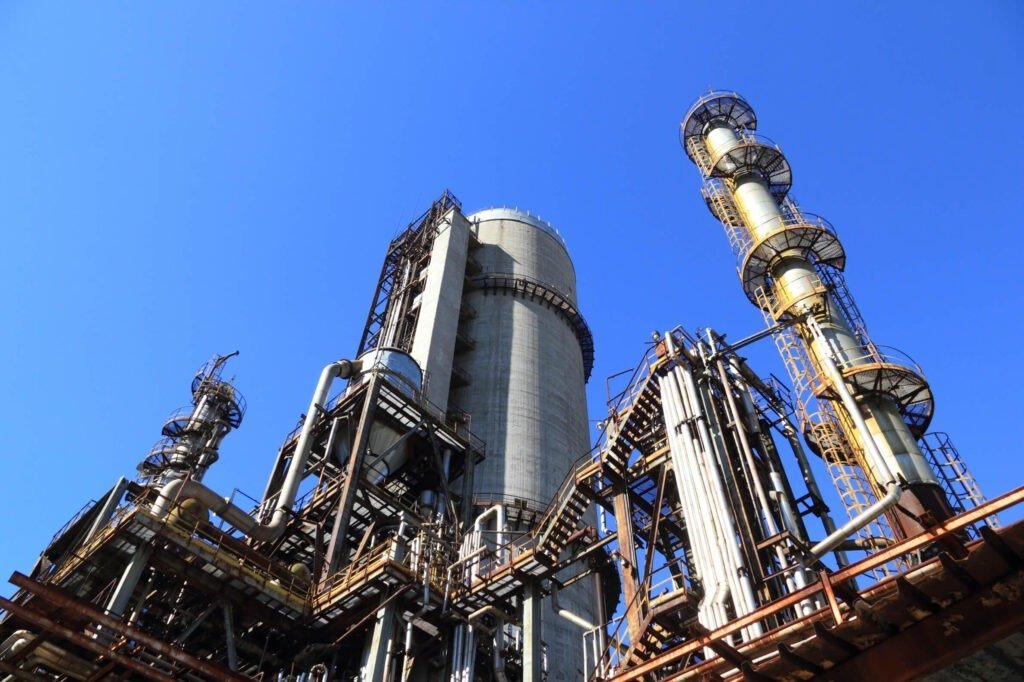Th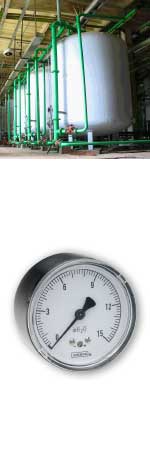 ere are a wide variety of ways to measure liquid level in storage tanks and containers. Some are very sophisticated and some methods are very simple, with price points across the spectrum. As with any process measurement, there is not one single technology that will effectively address every application. Some of the approaches to level measurement include sight glass (reflex, transparent, or tubular glass), float switches, magnetic, capacitance, guided wave radar, hydrostatic tank gauging, submersible transducers, load cells, plus many other approaches. For example, in the process industry, tubular level indicators are commonly used for better visual liquid level indication. If the application is for non-contact type level measurement, radar type indicators or ultrasonic type indicators may be used.
ere are a wide variety of ways to measure liquid level in storage tanks and containers. Some are very sophisticated and some methods are very simple, with price points across the spectrum. As with any process measurement, there is not one single technology that will effectively address every application. Some of the approaches to level measurement include sight glass (reflex, transparent, or tubular glass), float switches, magnetic, capacitance, guided wave radar, hydrostatic tank gauging, submersible transducers, load cells, plus many other approaches. For example, in the process industry, tubular level indicators are commonly used for better visual liquid level indication. If the application is for non-contact type level measurement, radar type indicators or ultrasonic type indicators may be used.
But did you know that level can be measured relatively accurately in vented or pressurised tanks by using a simple pressure gauge?
In an upright cylindrical or rectangular tank, the head pressure of the fluid can be measured and converted to a level measurement. In both vented and pressurised tanks and vessels the specific gravity of the fluid being measured must be known. This application can work well with homogenous fluids but not with multi-phase fluids such as oil and water interface, as an example. For pressurised tanks a differential pressure gauge can be used. A differential pressure gauge has a high pressure inlet and a low pressure inlet to where the high pressure inlet is mounted to the bottom of the tank or storage vessel. This pressure point measures both the head pressure of the fluid plus the varying vapor pressure above the fluid. The low pressure inlet to the DP gauge only measures the varying vapor pressure. This essentially nulls out the varying vapor pressure at the top of the tank and leaves only the fluid head pressure. Again, if the specific gravity of the fluid is known, one can measure true head pressure and convert that reading into inches of water, feet of water, or whatever engineering unit desired to read level.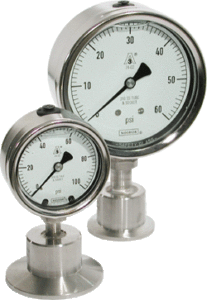
In review, a vented tank would incorporate a static pressure gauge with an ultra-sensitive diaphragm or stacked bellows sensing element with a calibrated dial and pointer to indicate level in the engineering units desired. A pressurised tank uses the same technique but accounts for the varying vapor pressure above the liquid level in the tank.
It is clear that there are several ways to address tank level measurement, and there is not a one size fits all solution. However, if the user wants a reliable level measurement in non-critical tanks or storage tanks and vessels, the technique using gauges could be the most cost-effective method. In addition to the costlier and more sophisticated measurement techniques being applied, many users incorporate the gauge method as a mechanical “backup” reading at the point of use for operations.
There are many reputable manufacturers of pressure and differential pressure gauges worldwide. Finding the manufacturer or distributor/representative who understands the application and has applied it is the key to successfully implementing a solid mechanical level measurement strategy.
AMS Instrumentation & Calibration have been the NOSHOK distributors in Australia and New Zealand for many years.
NOSHOK has a half century of experience with this and countless other applications, and AMS are ready and waiting to help you with your Measurement Solutions.
For further information you can also contact our Product manager – Lawrence Wee
